Talk Overview
Historically, light microscopy has been limited in its ability to resolve closely spaced objects, with the best microscopes only able to resolve objects separated by 200 nm or more. This limit is known as the diffraction limit. In the last twenty years, a number of techniques have been developed that allow resolution beyond the diffraction limit. Here, Stefan Hell, who invented many of these techniques, gives an introduction to these super-resolution microscopy techniques, and a detailed discussion of two such techniques: STED (Stimulated Emission Depletion) and RESOLFT (REversible Saturable OpticaL Fluorescence Transitions).
Questions
- What is the definition of super-resolution?
- How does STED produce a super-resolution image?
- It uses switching on of molecules located randomly in the field of view
- It uses multiple objectives and interference
- It uses high frequency patterned illumination
- It turns off molecules outside the center of the focus by stimulated emission
- True or False: STED and RESOLFT are widefield, camera based techniques.
Answers
View AnswersSpeaker Bio
Stefan Hell
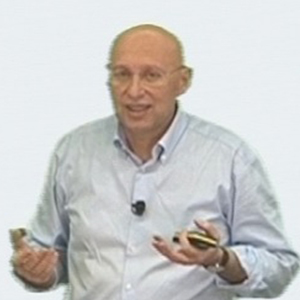
Stefan Hell is the Director of the Max Planck Institute for Biophysical Chemistry and head of the Department of Nanobiophotonics. Hell was the first to conceive of and develop a fluorescent microscope with a resolution of nanometers (a fraction of the wavelength of light)- a feat previously thought to be impossible. For his work, he was… Continue Reading
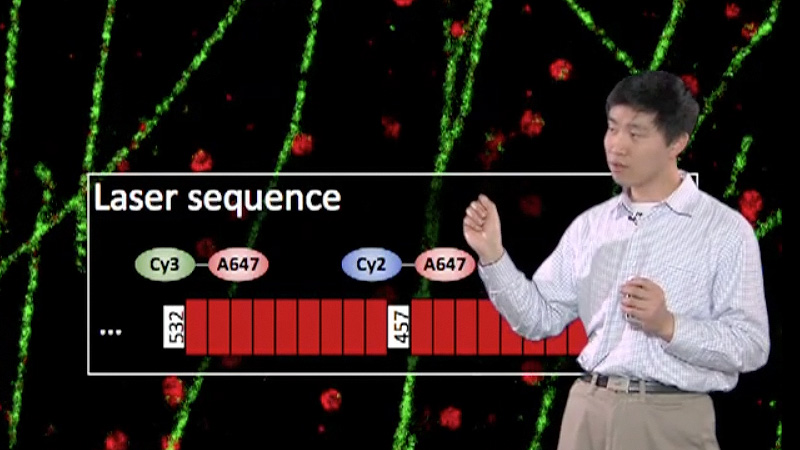
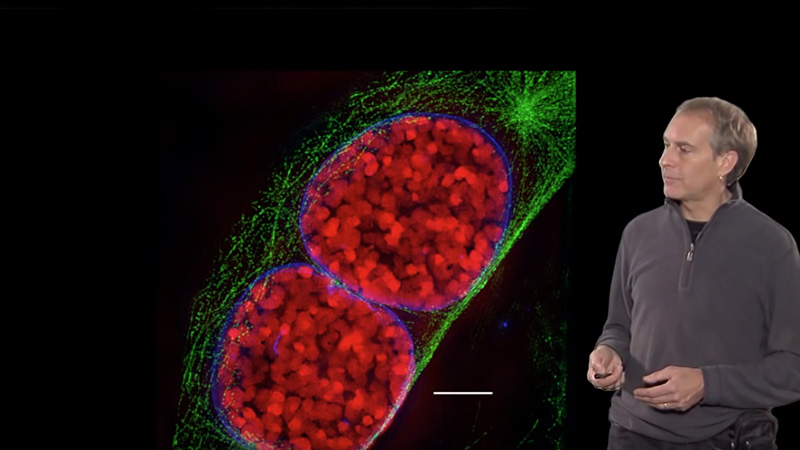
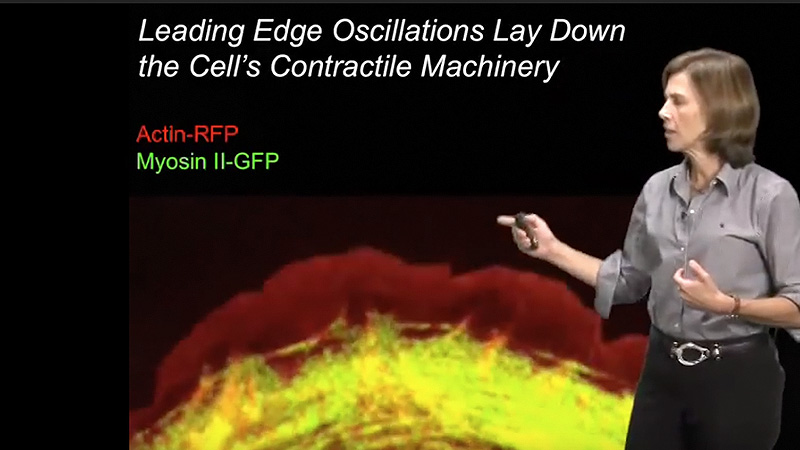
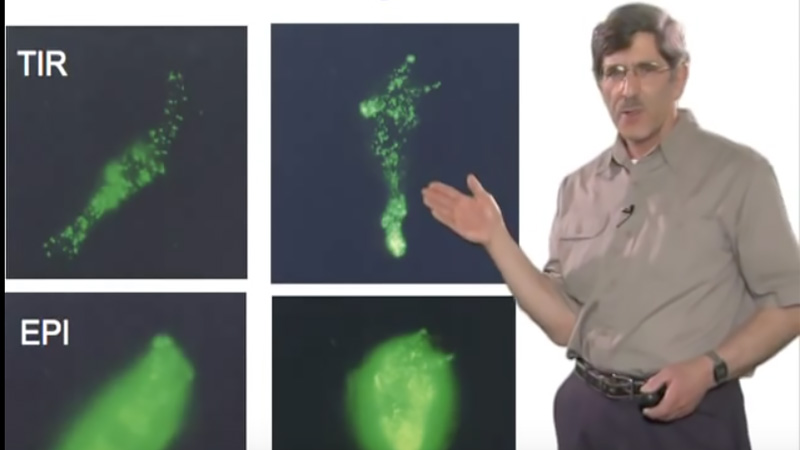





Mohammad Abdelwahab says
Dear Prof. Hell,
Thank you for this very informative and concepts-delivering talk!
It intrigued me a lot the notion of extending this technique to the scattering/Raman realm. Thank you and goodluck!